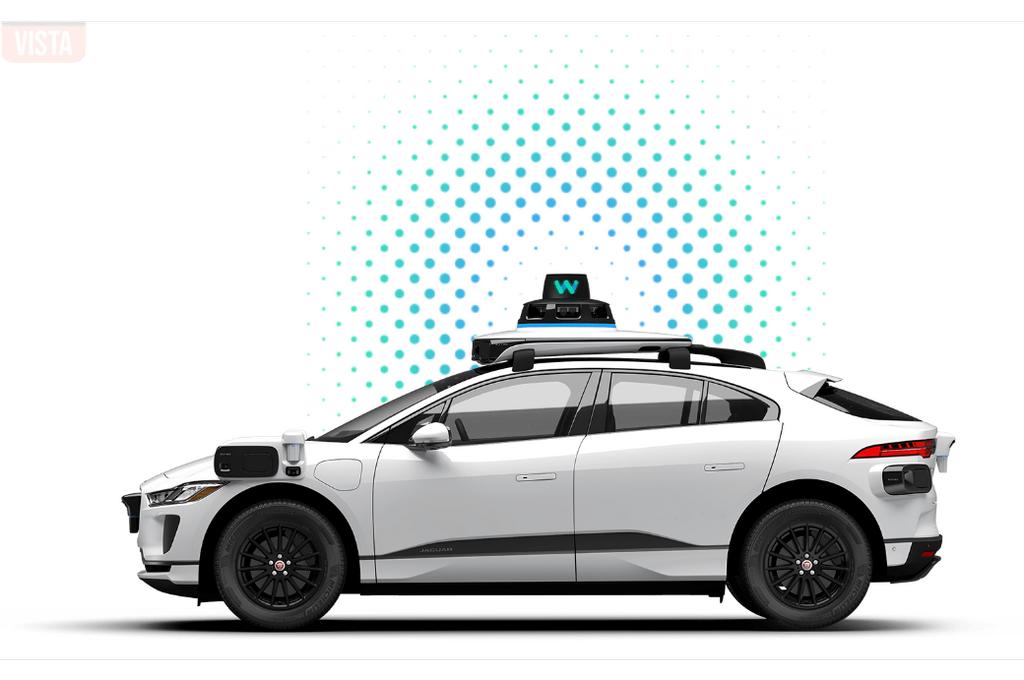Waymo’s self-driving cars are stealing the spotlight in 2025. Specifically, they redefine urban mobility. For instance, Phoenix, San Francisco, Los Angeles, and Austin embrace the service. Moreover, the technology feels next-level. Yet, some hurdles linger.
Where Waymo Operates
Currently, Waymo’s robotaxi service is available in several U.S. cities. For example, Phoenix spans 315 square miles. Additionally, San Francisco covers the entire city and Daly City. Also, Los Angeles operates across 89 square miles. Furthermore, Austin launched in March 2025 via Uber. Moreover, Silicon Valley, including Mountain View, Los Angeles, Palo Alto, and Sunnyvale, joined in March 2025. However, access in some areas, like Los Angeles, requires invite codes.
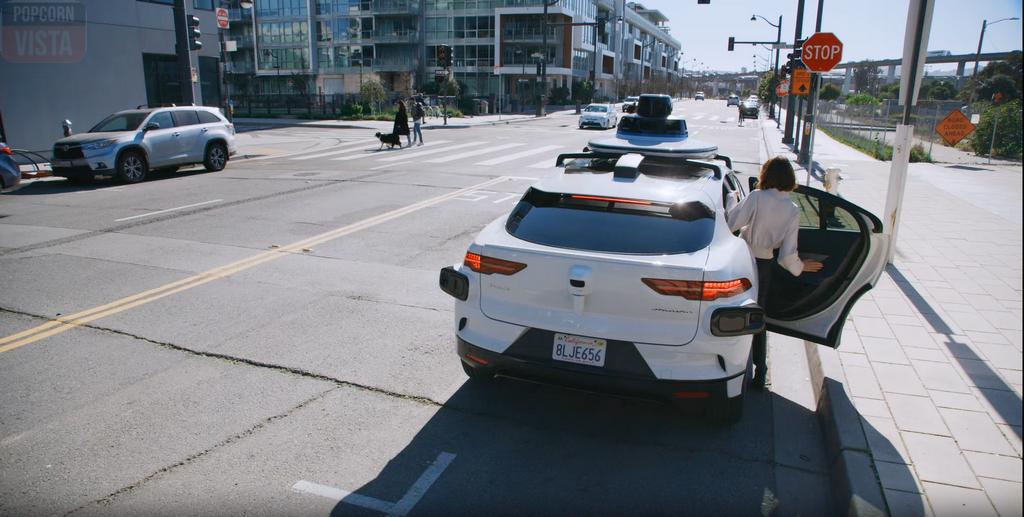
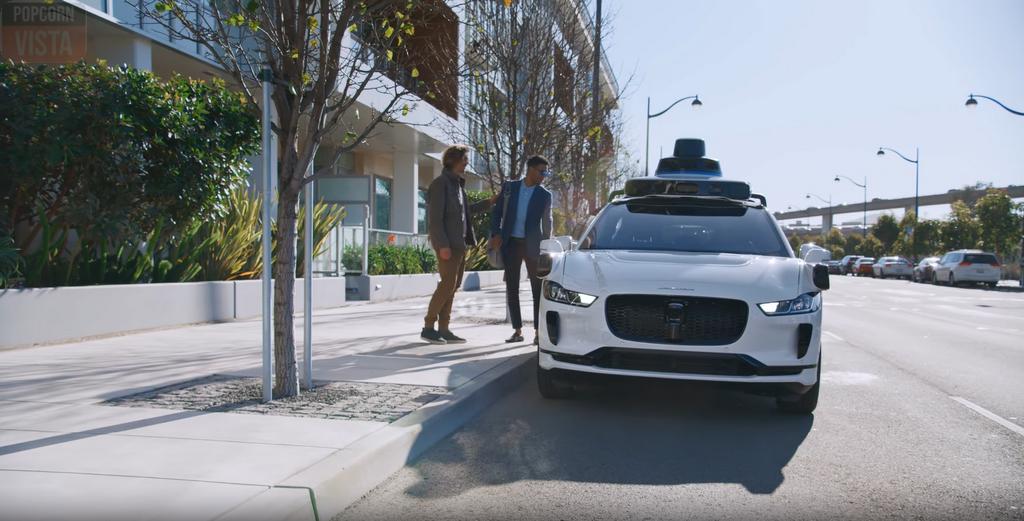
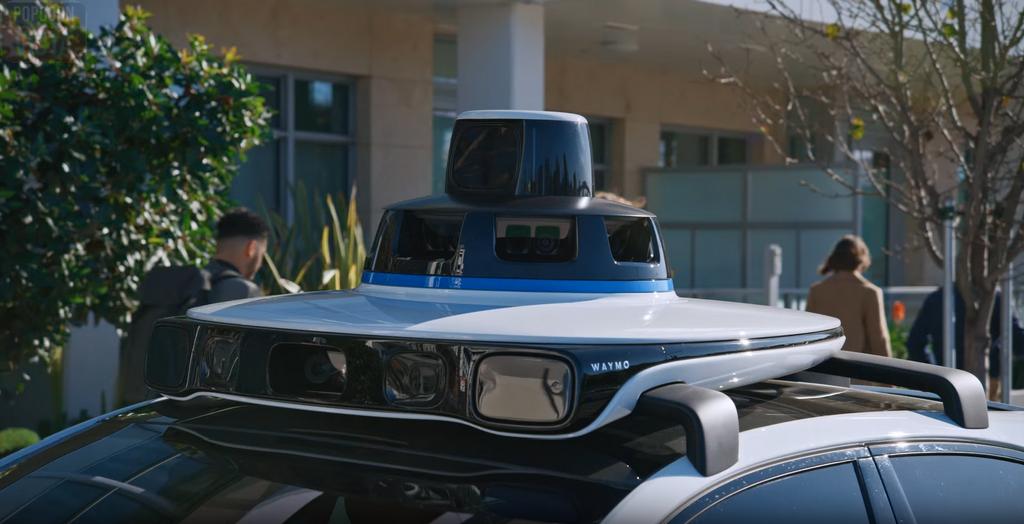
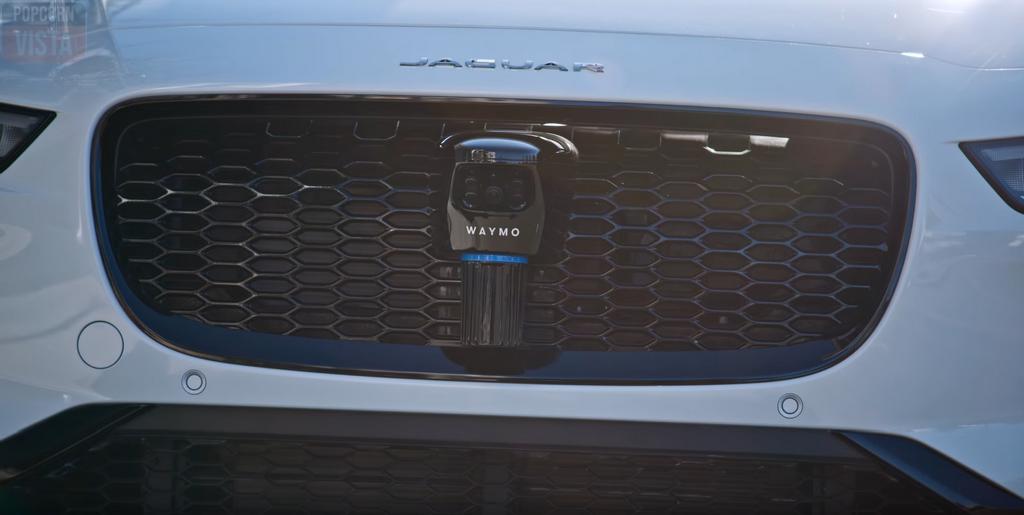
What’s Next for Waymo
Waymo’s expansion plans are ambitious. For instance, Atlanta will launch public rides in 2025 through Uber. Additionally, Miami and Washington, D.C., are slated for 2026. Moreover, Tokyo testing began in April 2025 with Nihon Kotsu. Also, Waymo is testing in 10 new cities, starting with Las Vegas and San Diego. Furthermore, freeway testing in Los Angeles is underway for employees. Plus, partnerships with Hyundai and Toyota aim to integrate Waymo’s tech into new vehicles.
Why Waymo’s a Sensation
Firstly, Waymo offers unique experiences. For example, rides are smooth and safe. Additionally, the app is user-friendly. Thus, riders are hooked.
Safe and Smooth Rides
For starters, Waymo’s rides are exceptionally smooth. The cars navigate complex streets effortlessly. Moreover, safety features reassure riders. For instance, vehicles stop for pedestrians quickly. Consequently, users feel safer than in traditional rideshares. Plus, data shows an 85% crash reduction.
Comfort Meets Convenience
Furthermore, Waymo’s cars are private retreats. You control music and climate easily. Also, no driver interactions occur. For example, solo riders enjoy the calm. Therefore, it’s ideal for relaxing. Plus, vehicles are always clean.
Futuristic Thrill
Additionally, the technology amazes users. LIDAR and cameras ensure precise navigation. For instance, in-car screens show real-time data. Consequently, riders feel immersed in the future. Thus, it’s a must-try adventure.
Where Waymo Faces Challenges
However, Waymo isn’t perfect yet. For example, some issues frustrate users. Nevertheless, improvements are ongoing. Specifically, pickups and driving style need refinement.
Pickup Hiccups
Firstly, pickups can be inconvenient. For instance, cars stop at odd spots. Consequently, riders may walk extra steps. Also, mobility-impaired users face challenges. Thus, Waymo must improve location accuracy. But, most users tolerate minor issues.
Cautious Driving Quirks
Moreover, Waymo’s driving feels overly cautious. For example, it brakes abruptly for distant obstacles. Consequently, rides can feel jerky. Additionally, unprotected turns cause delays. Therefore, smoother navigation is needed. Still, safety remains paramount.
Limited Reach
Furthermore, Waymo’s availability is restricted. For instance, Los Angeles requires invite codes. Also, airport access is limited. Moreover, rain affects performance occasionally. Thus, broader coverage is crucial. But, Waymo is expanding rapidly.
Public Sentiment in 2025
Overall, Waymo earns enthusiastic praise. For example, social media buzzes with excitement. Moreover, safety and innovation impress users. However, wait times and pickups need work. Nevertheless, Waymo leads autonomous travel.
Community Embrace
Additionally, Waymo is gaining trust. For instance, Phoenix families rely on it for commutes. Consequently, acceptance is growing. Moreover, solo riders feel empowered. Thus, Waymo is reshaping travel culture.
Conclusion
In summary, Waymo’s self-driving cars dazzle in 2025. Specifically, safety and tech captivate riders. Moreover, expansions are accelerating. However, minor issues remain. Nevertheless, Waymo drives the future forward. Visit Waymo’s blog for updates.

